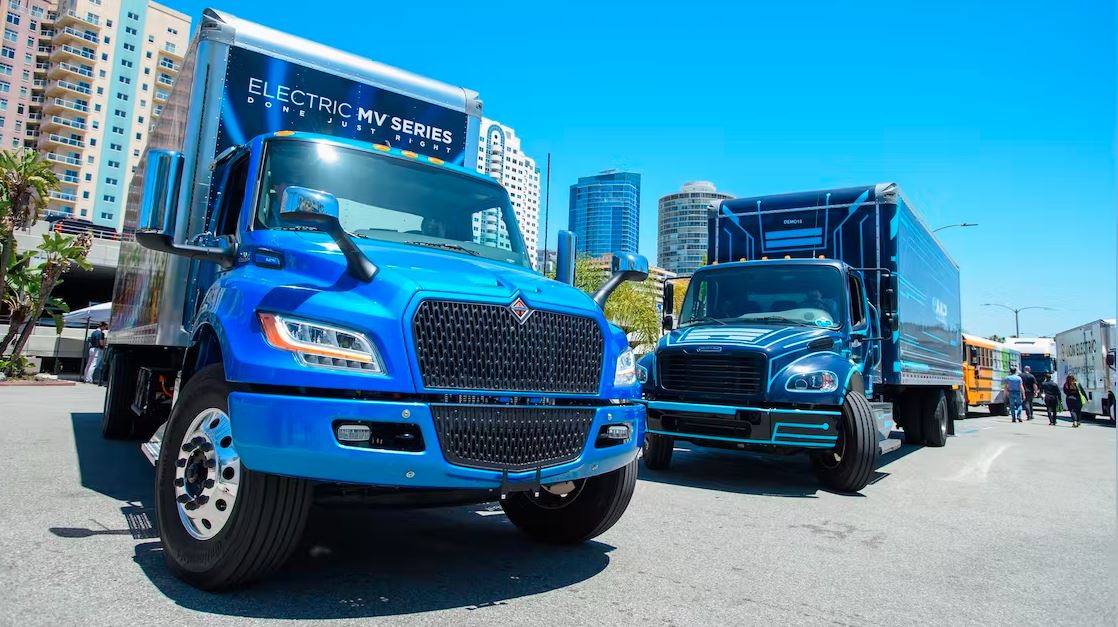
Electric vehicles (EVs) are slowly working their way into the mainstream, but the trucking industry still lags behind when it comes to EV technology. Although many innovative companies are working on all-electric truck designs, you may be wondering if now is the right time to invest in EVs for your fleet.
Before you make the leap, below are three questions to ask:
1. Is Hybrid a Better Option?
Because all-electric trucks are still struggling to get out of the gate in many cases, hybrid technology may be the way to go for the time being. Hybrid trucks take advantage of EV tech without getting rid of internal combustion engines (ICEs) entirely. Additionally, hybrid engines have been used in trucking for longer, so they may be more reliable or, at the very least, offer more reliable performance.
Hybrid trucks may also be a better option right now compared to electric vehicles if you’re concerned about fuel economy and charging. Some hybrid engine technology uses thermal energy from braking systems and other innovative ways to recharge battery stores, but electric vehicles require the battery to be recharged using a plug-in system. This can be a bit tricky for OTR drivers who may not have access to charging stations along a route.
2. Will an EV Save Money?
When it comes to saving money on an electric truck addition to your fleet, the real issue is the upfront cost. Right now, electric truck technology can be rather expensive compared to its ICE counterparts, but the trade-off is that electric engines cost less to operate since there are no fossil fuel costs, and electric motors generally require less maintenance and repairs.
When considering whether to add an EV to your fleet, you’ll want to think about your future plans. If you are planning for a long-term investment, an EV may be the way to go. If you’re only looking for a temporary solution in a truck that may only provide a few years of service, ICE technology may still make more sense.
3. How Will an EV Affect Drivers?
You may not realize it, but the addition of an EV can have an impact on your drivers. Driver training is a concern when adding EVs to a fleet, and the ability of a driver to charge an EV is something to think about. As stated above, charging stations have still not reached critical mass around the country, and this is particularly true for charging stations at trucking hotspots.
Before adding EVs to your fleet, you’ll need to plan out additional time to get both new and experienced drivers up to speed on the technology. You’ll also need to factor in your routes since most electric truck motors these days can handle about 150 miles before requiring a charge. This can be good for fleets that operate regionally, but for OTR trucking, your drivers and logistics team may face additional challenges.



